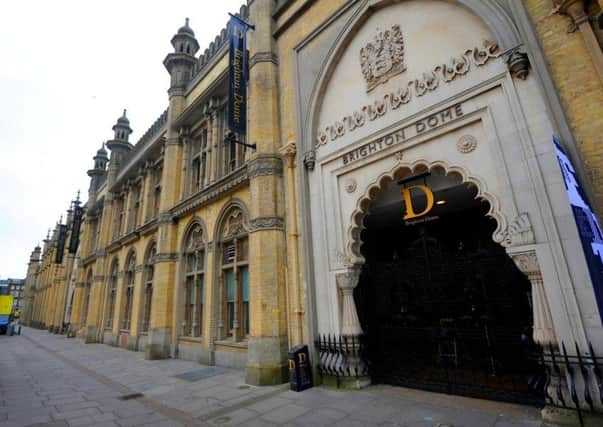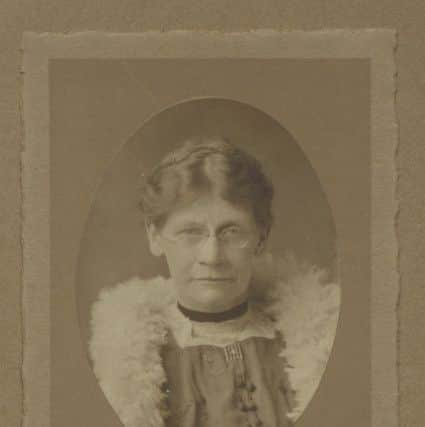100 years on: Remembering Brighton's contribution to women securing the vote


Most of us have seen photographs of women marching in London, but not many people know what part Brighton played in this historic achievement.
In fact, the seaside town was ahead of the game. As early as February 1850 Anne Knight wrote a letter to the now defunct Brighton Herald newspaper demanding that Chartists should campaign for universal suffrage.
Advertisement
Hide AdAdvertisement
Hide AdThe earliest petition for women’s suffrage from Sussex came from Brighton in May 1868. It was presented by Brighton’s MP Henry Fawcett. He was husband to Millicent Fawcett – who became one of the best known leaders of the suffrage campaign. They both joined the committee of the National Society for Women’s Suffrage when it was formed in Brighton in 1872. Millicent Fawcett was later President of the National Union Women’s Suffrage Societies (NUWSS).


One of the country’s first Women’s Social and Political Union branches (WSPU) was set up in Brighton in May 1906. By the following year it had an office in North Street (at the Quadrant) and held meetings with more than 150 women attending.
In 1909, Mary Clarke, sister of Emmeline Pankhurst, became one of its paid organisers. In 1910, Mary Clarke died of a brain haemorrhage, just two days after her release from Holloway Prison.
Minnie Turner was a leading campaigner for women’s suffrage. She ran a Brighton guest house called ‘Sea View’ which attracted many suffrage leaders. Guests included WSPU Brighton organiser Mary Clarke, Mrs Pankhurst, Annie Kenney and Emily Wilding Davison – who later died under the King’s horse at the Derby.
Advertisement
Hide AdAdvertisement
Hide AdIn 1908 Minnie Turner joined the militant WSPU and was arrested three times. In 1911 she was arrested after smashing a window at the Home Office and sent to Holloway Prison for 21 days.
Brighton’s newspapers contained almost daily reports of the tactics used by suffragettes to raise the issue of votes for women.
Suffragettes often disrupted political meetings by repeatedly calling out questions about the vote.
In 1907, The Brighton Herald reported the removal of some women from the Dome during a lecture by the Education Minister. The article was unsympathetic, saying of one woman that she ‘must have been crossed in love, or she would never have wasted her charms on the desert air of a Suffragette riot’.
Advertisement
Hide AdAdvertisement
Hide AdThe following year the government resorted to barring women from ministerial meetings, but the suffragettes were not deterred.
In January 1910 police extricated two women from inside the organ at the Brighton Dome, after the women had revealed their hiding place by sneezing. The two women, Mary Leigh and Eva Bourne, had planned to leap from the organ during a talk that evening by anti-suffrage Prime Minister Herbert Asquith. One of the women was quoted as saying to a police inspector: “We are thinking of bringing a counter-charge about the horribly dusty condition of the organ.”
There are many more women from Brighton who played a part in the campaign. This Tuesday (February 6) we should remember all the women –and men – in our city who fought hard for women’s suffrage.